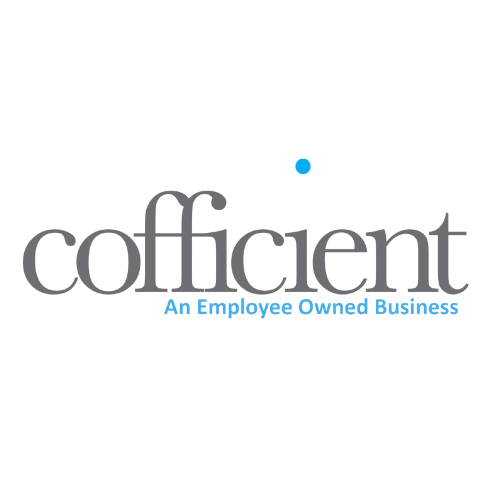
Best Practices in Business Performance Optimisation
In an increasingly dynamic business landscape, organisations must consistently reassess and realign their strategies. Business Performance Optimisation (BPO) is the engine that drives such efforts. This blog will explore the techniques and practices that have proven to optimise business performance. We will also discuss how Cofficient, a leading provider of comprehensive solutions, enables organisations to excel.
- Understanding Business Performance Optimisation: Key Concepts and Benefits
Business Performance Optimisation refers to the methodologies and techniques used to improve an organisation’s performance. This can be achieved by refining processes, boosting efficiency, and using data-driven insights to inform strategic decision-making.
BPO offers various benefits such as:
-
- Enhanced productivity and operational efficiency
- Improved financial performance
- Increased customer satisfaction
Cofficient’s suite of services allows organisations to realise these benefits, helping them establish a competitive edge in the market.
- Data-Driven Decision Making: Leveraging Analytics for Business Insights
Harnessing the power of data analytics is one of the essential business performance optimisation techniques. Data analytics allows organisations to turn vast amounts of raw data into valuable insights, guiding them to make strategic decisions.
Cofficient’s solutions, including ERP and CRM systems, provide powerful analytics tools. These tools help businesses collect, organise, and analyse data, offering a holistic view of their operations.
- Streamlining Processes and Workflows: Increasing Efficiency and Productivity
Streamlining processes and workflows is a vital business performance optimisation method. This involves identifying bottlenecks, eliminating redundancies, and improving the coordination between different parts of an organisation.
Through Cofficient’s solutions, such as ERP and Professional Services Automation, businesses can automate repetitive tasks, improve resource management, and enhance communication and collaboration, increasing efficiency and productivity.
- Performance Metrics and KPIs: Setting Targets and Monitoring Progress
Setting clear performance metrics and Key Performance Indicators (KPIs) is integral to business performance optimisation best practices. It allows businesses to track their performance, measure success, and identify areas for improvement.
Cofficient’s solutions include robust tracking and reporting features, enabling businesses to set, monitor, and analyse their KPIs effectively.
How to Foster a Continuous Improvement Culture?
A culture of continuous improvement is vital for business performance optimisation. It involves constantly assessing and improving processes, encouraging innovation, and adapting to changes.
Implementing Cofficient’s solutions can help foster this culture by:
- Providing real-time data for constant monitoring and improvement
- Facilitating collaboration, fostering innovation
- Offering scalability and flexibility, supporting adaptability
Understanding and Implementing Change Management: The Catalyst for Success
Change management is another critical element of business performance optimisation strategies. It refers to preparing, supporting, and helping individuals and teams within an organisation to embrace and adapt to change.
By managing change effectively, businesses can ensure smooth transitions, minimise disruption, and maximise the benefits of new strategies or systems.
Here are some tips on how to manage change effectively:
- Communicate clearly: Ensure all stakeholders understand why changes are necessary, what they involve, and how they will be implemented.
- Provide training: Equip your team with the necessary skills and knowledge to adapt to new strategies or systems.
- Provide support: Recognise that change can be challenging and provide support to help your team navigate the process.
- Monitor and adjust: Regularly review the change implementation progress and make necessary adjustments.
Conclusion
Business performance optimisation strategies are necessary for today’s competitive business landscape. They allow businesses to improve efficiency, make informed decisions, and stay adaptable in a dynamic market. Implementing these strategies, however, requires robust tools and solutions, and this is where Cofficient steps in. With its comprehensive suite of services, including ERP, CRM, Financial Management, and Professional Services Automation, Cofficient helps businesses to optimise their performance and achieve their strategic goals.
Contact Cofficient today to learn more about our solutions and how they can help your business optimise its performance. Our team of experts is ready to guide you on your journey towards achieving your business goals.



